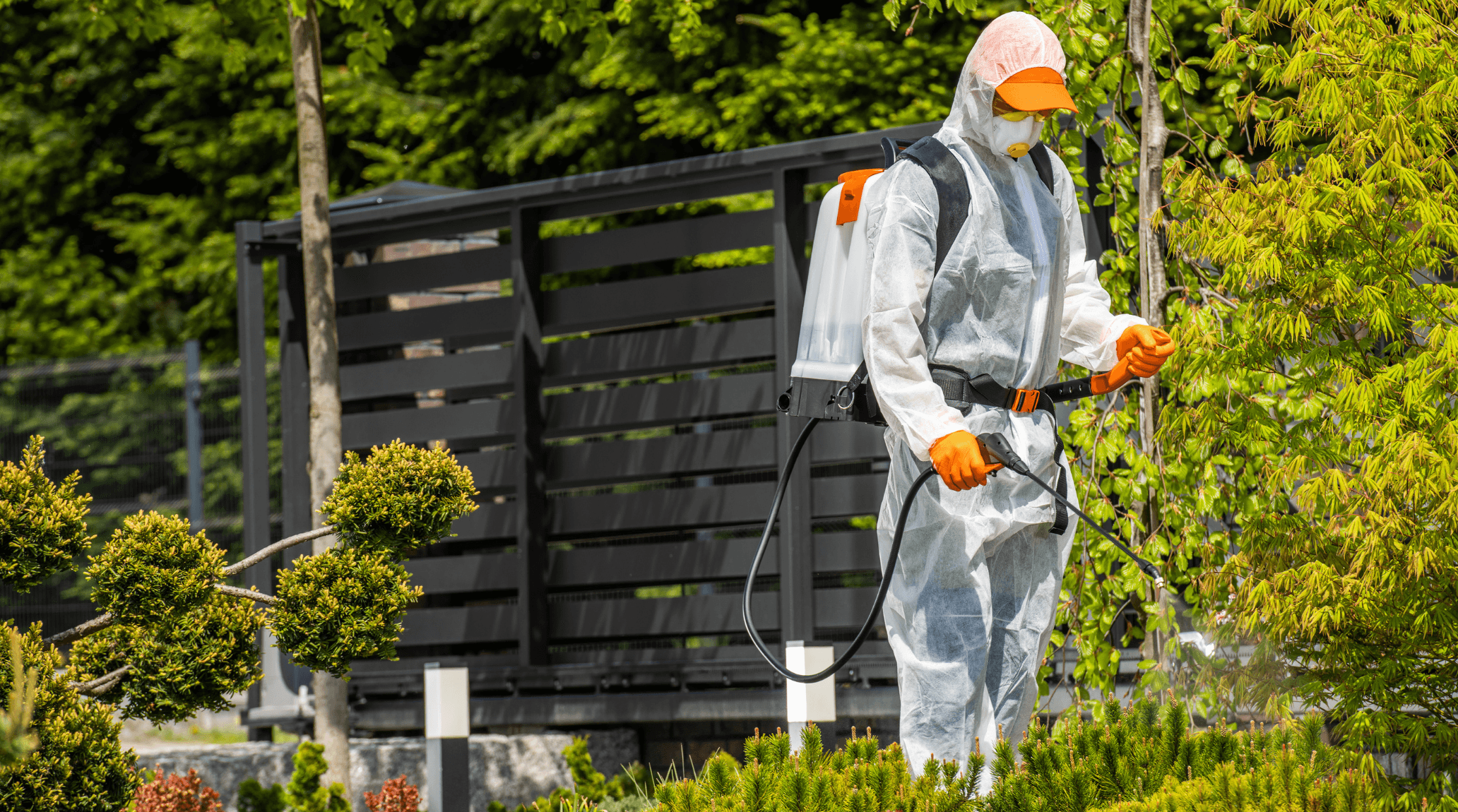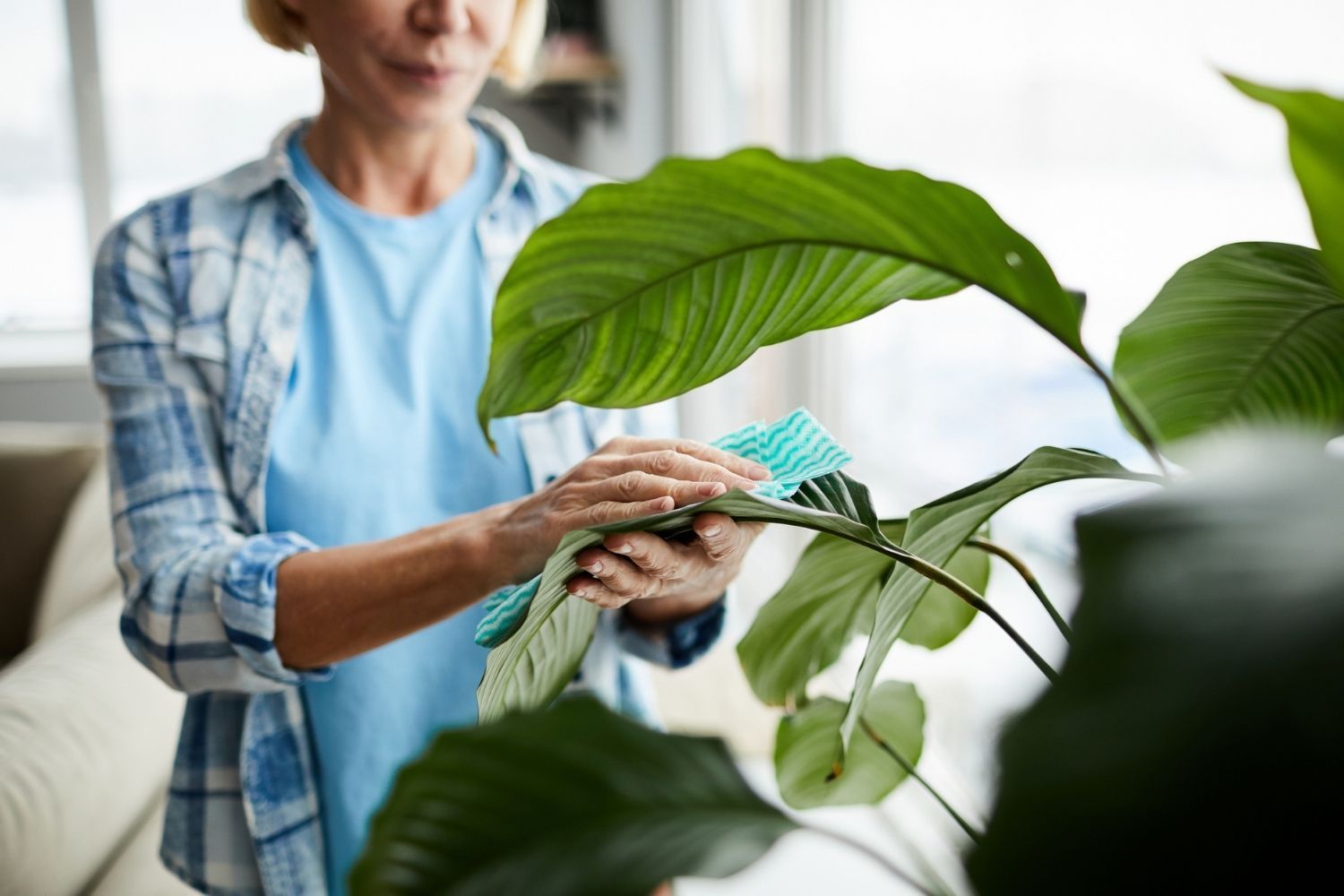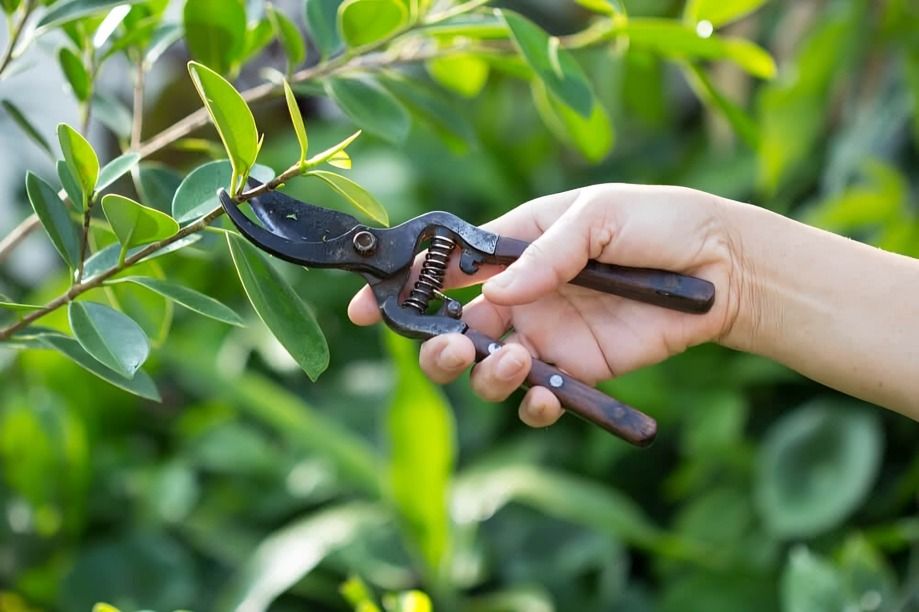
“
Effective pest management is crucial for maintaining a healthy garden. Pests and diseases can significantly damage plants, reducing their growth and productivity. By understanding and implementing effective pest management facts, you can protect your plants from harm and ensure they thrive. This blog provides 20 essential facts to help you manage pests and diseases effectively, using proven methods and natural solutions.1
1
”
Pest control involves managing pests like rodents, insects, and arachnids to prevent damage, disease spread, and crop destruction. It ensures health, cleanliness, and food safety.1
Regularly monitoring your plants for signs of pests and diseases is essential for early detection. Frequent inspections help catch problems before they escalate, allowing for prompt action that can prevent a minor issue from becoming a major infestation. 2
Between 20% to 40% of global crop production is lost to pests annually. Plant diseases cost the global economy around $220 billion each year, while invasive insects contribute to losses of approximately $70 billion12. Weeds also significantly constrain global food production. 3
Using proper planting techniques, such as crop rotation and intercropping, can help reduce pest populations. These methods prevent pests from becoming established in one area by disrupting their life cycles and making it harder for them to thrive. 4

Sanitising garden tools is crucial to avoid spreading diseases from one plant to another. This practice is especially important after pruning or handling diseased plants, as clean tools help prevent cross-contamination and protect your garden.
Choosing plant varieties that are resistant to specific pests and diseases can significantly reduce the need for chemical treatments. Resistant plants are better equipped to withstand attacks, leading to healthier and more resilient gardens. 5
Biological control involves introducing natural predators, such as ladybugs and beneficial nematodes, into your garden. These organisms naturally control pest populations by preying on harmful insects, providing an eco-friendly way to manage pests. 6
Companion planting can be an effective strategy to repel pests and protect plants. For example, planting marigolds alongside vegetables can deter nematodes, while basil can help ward off aphids, creating a more balanced and pest-resistant garden. 7
Organic pesticides, like neem oil and insecticidal soaps, offer a natural alternative to chemical treatments. These products can control pests effectively while minimizing harm to beneficial insects and reducing environmental impact.8
Mulching creates a barrier between the soil and plant leaves, helping to retain soil moisture, suppress weeds, and prevent soil-borne diseases. This practice also helps maintain a cleaner growing environment for your plants. 9
Modern Bt technology involves incorporating the insecticidal Bt gene from bacteria into plant genomes. This genetic modification provides plants with inherent protection against specific pests.10
Promptly removing and disposing of heavily infested or diseased plants is essential to prevent the spread of pests and diseases. By addressing affected plants quickly, you protect healthy plants from potential contamination and maintain overall garden health. 11
Using physical barriers like row covers and insect netting can effectively protect plants from pests without resorting to chemical treatments. These barriers act as shields, preventing pests from reaching your plants while allowing light and rain to nourish them. 12
Monitoring weather conditions is important because certain factors, such as high humidity or excessive rain, can promote pest and disease outbreaks. Staying informed about the weather helps you take preventive measures and reduce the likelihood of infestations. 13
Proper fertilization is key to maintaining plant health and reducing susceptibility to pests and diseases. Over-fertilizing can make plants more vulnerable, so use fertilizers according to guidelines to ensure balanced growth and minimize risks. 14

Pruning plants can improve air circulation and reduce humidity around the foliage. This practice helps prevent the development of fungal diseases by creating a drier, more ventilated environment that discourages disease-causing fungi.
Encouraging beneficial insects, such as bees, predatory beetles, and parasitic wasps, can naturally control pest populations. These insects contribute to a balanced ecosystem by preying on harmful pests, aiding in the overall health of your garden. 15
Pest control strategies encompass various approaches, including the utilization of analogs such as tebufenozide (a molting hormone), diflubenzuron (a chitin synthesis inhibitor), and methoprene (a juvenile hormone analog). These methods aim to manage pests effectively. 16
Using diatomaceous earth around plants can effectively deter crawling insects. This natural powder damages the exoskeletons of pests, leading to dehydration and reduced pest populations, providing a non-toxic method of pest control. 17
Consulting local agricultural extension services or gardening experts can provide valuable advice and assistance. These professionals can help identify specific pests and diseases in your area and offer tailored recommendations for effective management strategies. 18


